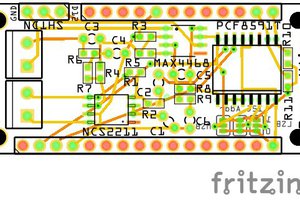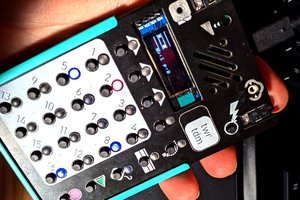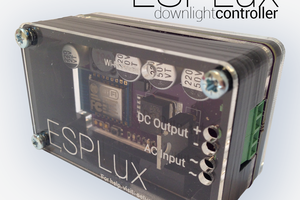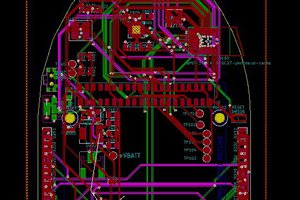Here's the quick once-over for some project details:
Inputs:
-Bluetooth audio input, capable of AAC and Apt-X transport if possible
-SPDIF input, stereo, 28kHz 24-bit
-3.5mm jack
Outputs:
2 tweeters, stereo
2 woofers, paired together (mono)
Why the two woofers paired together instead of rocking stereo? Well, you see my speaker cabinet design requires drivers opposing each other, front-to-back to cancel out vibrations. Plus I think it looks pretty sweet that way. I plan on driving the woofers pretty hard, so the opposing driver layout should work pretty well (hopefully).
The DSP core:
This is where the ADAU1701 and Analog Devices' Sigma Studio software really shines. I need several things for make this speaker system work: mixer, EQ, dynamic bass boost, digital crossover, volume control, and switchable inputs, both analog and digital. The ADAU1701 fits the bill perfectly. I'll talk about the DSP program in a later post.
The Box:
My speaker box, which also houses the amplifier board, will be around 6" x 12" x 6". Small enough to be inconspicuous and unintrusive, but large enough to get quite a bit of healthy bass and roomy enough to fit 2 4" woofers and 2 1" tweeters.
The Amps:
I'm using the great TPA3116D2 class-D amplifiers for a few reasons:
1) They are absolutely fantastic to lay out on a 2-layer board and require very few external components
2) They are plenty powerful (50W RMS into 4 ohms, 35W RMS into 8 ohm) and extremely efficient
3) I've used them before in different projects with great results.
I'm configuring one amp to run both tweeters in BTL mode and the other in PBTL mode and connecting both woofers in parallel. Since I am using 8-ohm drivers, I need all the voltage headroom I can get to get maximum driver excursion to get the best deep bas that is possible from a pair of 4" drivers. Also, the max power into an 8-ohm load with a 24V power supply is only 35W anyways.
So there's a quick overview. This is also my first board done with CircuitMaker, I will be providing my thoughts on that soon. I just finished the board and placed my OSHPark order ($45 for three) today.



 bobgreenwade
bobgreenwade
 Jonathan Brodsky
Jonathan Brodsky
 Matt
Matt
 John Adams
John Adams
Just posted my component list for the speakers. I'll be using the woofers up to 1500 or 2000 Hz, then afterwards the tweeters will take over. The woofers get pretty inefficient above 1kHz and after 3kHz or so they begin to fall off in frequency response.
I'll be putting the woofers in front and back and both tweeters in front. I'll have a bottom-mounted bass port.
By the way, my design was done with CircuitMaker, so I just ran my first release. The project is called DigitalAmp.